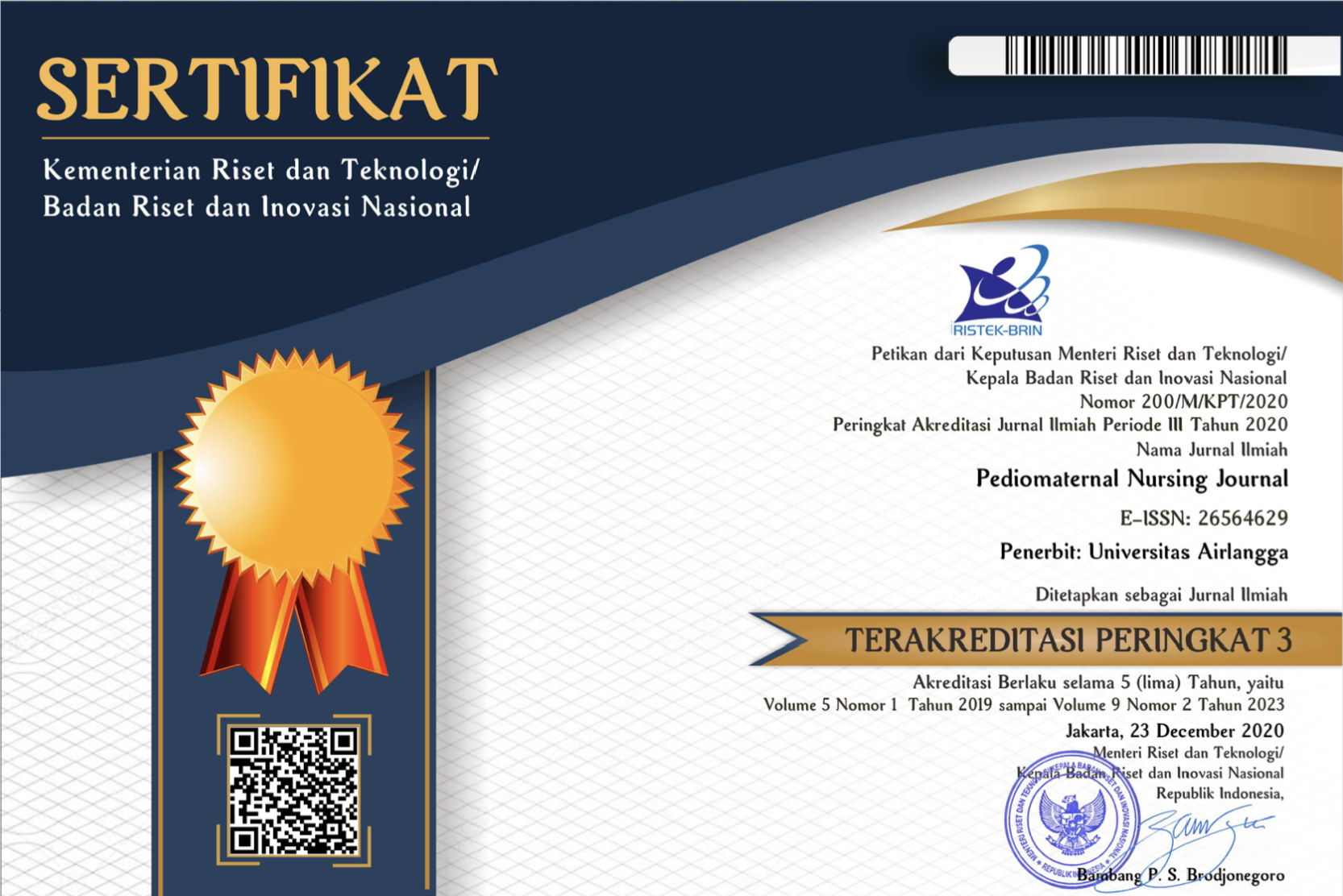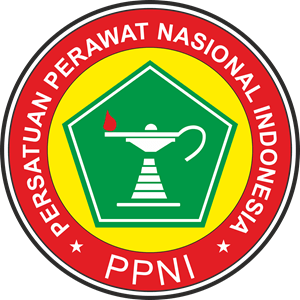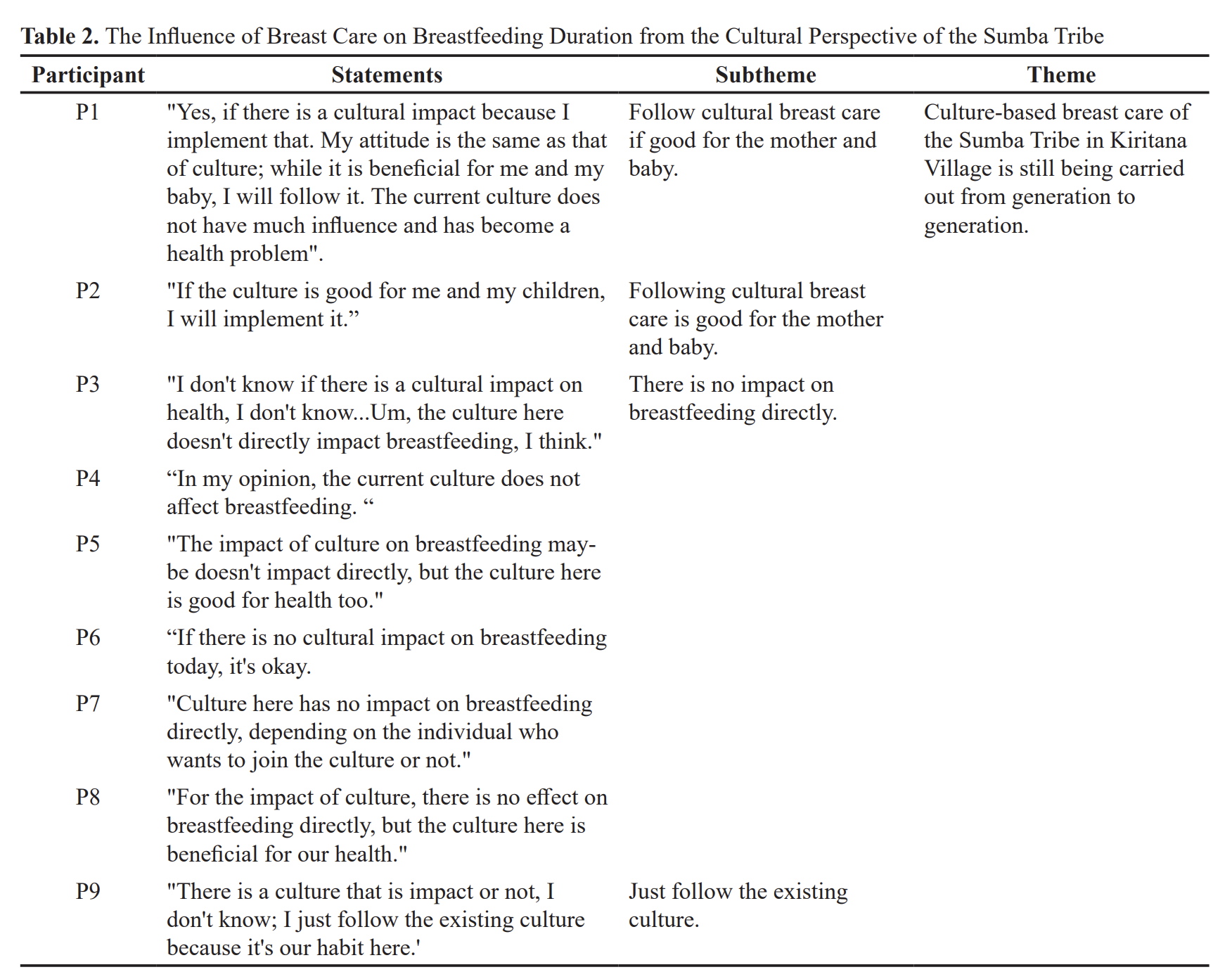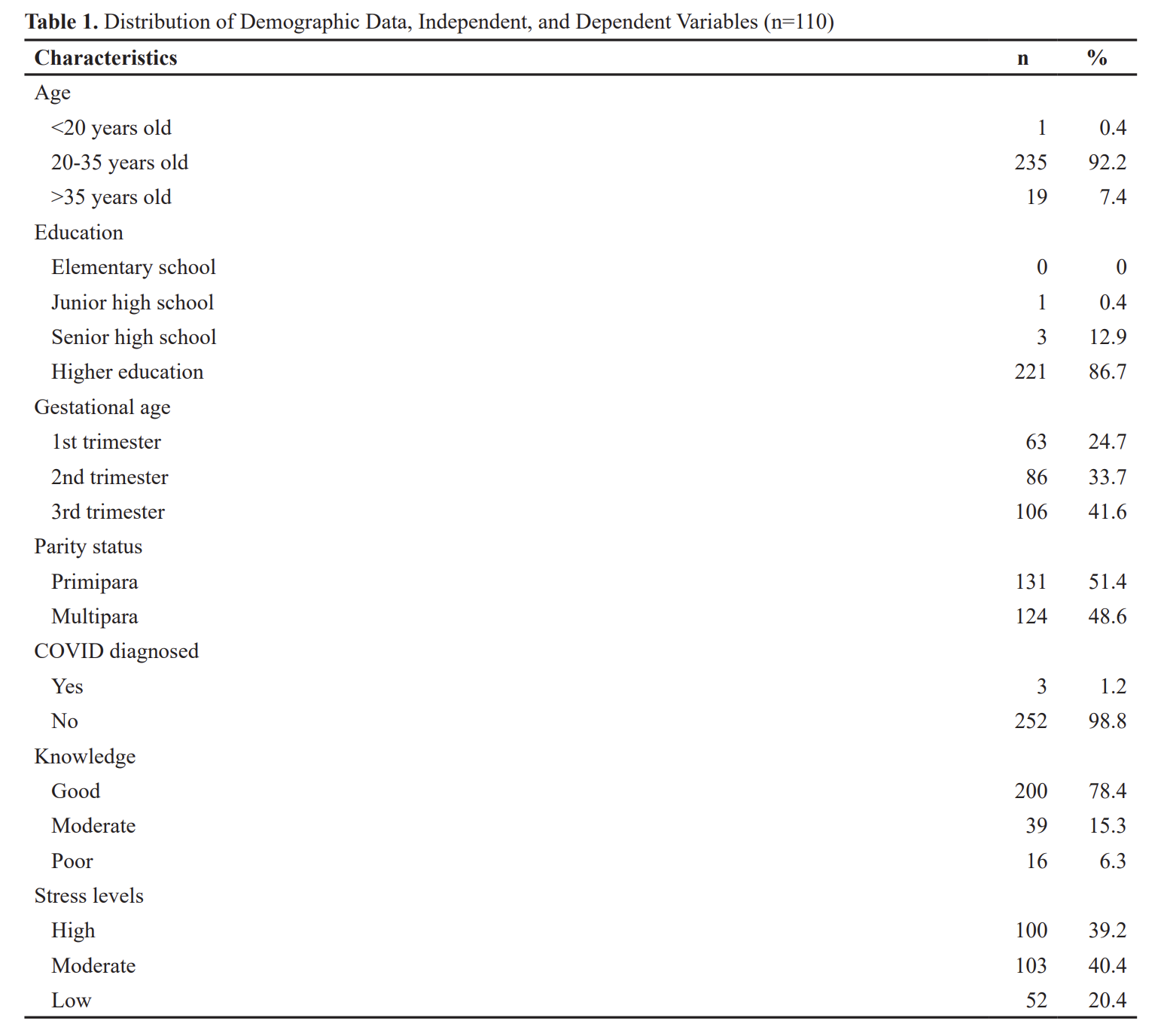Determinants of Toddler Toilet Training Readiness in the Kenjeran Community Health Center in Surabaya
Downloads
Introduction:Toilet training for children is an attempt to train children to control bowel movements and urination. Besides, children are encouraged to be able to defecate and urinate in the specified place. The success of toilet training depends on the readiness of the child and family. This study aims to determine the factors that affect toilet training readiness for toddlers.
Methods: The research design used is descriptive analysis, with a cross-sectional approach. The population at Kenjeran Community Health Center is 2.755 toddlers, and the sample used in this study is 25 toddlers with purposive sampling. The instrument used in this study was a children's toilet training questionnaire. Data were analyzed using the crosstab and chi-square analysis.
Results: This study showed a relationship between the child's age and the child's sex with the readiness of the child's toilet training with p = 0.00 (α = 0.05).
Conclusion: Nurses as health workers are expected to be educators to parents about the importance of toilet training in children by taking into account both physical, psychological, and environmental aspects in supporting the process of toilet training.
Agustina, W. and Sapta, R. F. (2015) ‘Three Dominant Factor that Affect the Failure of Toilet Training in Children Aged 4-6 Years', Jurnal Ners dan Kebidanan (Journal of Ners and Midwifery), 2(2), pp. 188–192. doi: 10.26699/jnk.v2i2.art.p188-192.
Andriyani, S., Ibrahim, K. and Wulandari, S. (2017) ‘Analisis Faktor-Faktor yang berhubungan Toilet Trainingpada Anak Prasekolah', Jurnal Keperawatan Padjadjaran. doi: 10.24198/jkp.v2n3.2.
Astuti, F. P. & S. I. (2018) ‘Perbedaan Frekuensi Enuresis Sebelum dan Sesudah Pemberian Behavior Modification (Alarm Enuresis)', Journal Penelitian Kesehatan Suara Forikes, 9(2), pp. 90–94. doi: 10.1017/CBO9781107415324.004.
Binarwati, D. (2006) ‘Pengaruh Pembelajaran Demonstrasi Terhadap Perubahan Perilaku Orang Tua dan Kemampuan Toilet Training pada Anak Toddler', Skripsi Sarjana Keperawatan Universitas Airlangga.
Franco, I. et al. (2015) Pediatric Incontinence: Evaluation and Clinical Management, Pediatric Incontinence: Evaluation and Clinical Management. doi: 10.1002/9781118814789.
Hidayat, A. A. A. (2014) Metode Penelitian Kebidanan dan Teknik Analisis Data, Salemba Medika. doi: 10.1519/JSC.0000000000001212.
Hodges, S. J. et al. (2014) ‘The association of age of toilet training and dysfunctional voiding', Research and Reports in Urology, 6, pp. 127–130. doi: 10.2147/RRU.S66839.
Hooman, N. et al. (2013) ‘Toilet training in Iranian children: A cross-sectional study', Iranian Journal of Pediatrics.
Indrawati, T. (2010) ‘Pengetahuan Ibu Tentang Toilet Training dan Pelaksanaan Toilet Training pada Balita Usia 18- 36 Bulan', Pengetahuan Ibu Tentang Toilet Training dan Pelaksanaan Toilet Training pada Balita Usia 18- 36 Bulan, 5(2), pp. 120–126. doi: 10.14710/jpki.5.2.120-126.
Khaironi, M. (2018) ‘Perkembangan anak usia dini', Jurnal Golden Age Hamzanwadi University.
Kurnianingsih, M. (2019) ‘Efektivitas Penggunaan Kombinasi Media Audio Visual dan Booklet dibanding Media Booklet terhadap Pengetahuan Toilet Training pada Ibu yang Memiliki Balita', Smart Medical Journal, 2(1), p. 1. doi: 10.13057/smj.v2i1.25666.
Machmudah (2017) ‘Implementasi Psikoedukasi Toilet Training Melalui Demonstrasi Video dan Flash Card Terhadap Peningkatan Pengetahuan Ibu dan Kemampuan Toilet Training Anak Toddler di Sekolah Toddler Harapan Bunda', 02(01), pp. 44–59.
Mendur P, J., Rottie, J. and Bataha, Y. (2018) ‘Hubungan Peran Orang Tua dengan Kemampuan Toilet Training pada Anak Pra Sekolah di TK GMIM Sion Sentrum Sedangan Kawangkoan Satu', e-journal Keperawatan (e-Kp), 6.
Munjiati, M., Fitriyani, A. and Walin, W. (2018) ‘The Effect of Disposable Water (Diaper) Usage Toward Toilet Training Behavior In Pre-School Children', Jurnal Kesehatan Masyarakat. doi: 10.15294/kemas.v13i2.7242.
Musfiroh, M. and Wisudaningtyas, B. L. (2014) ‘Penyuluhan Terhadap Sikap Ibu Dalam Memberikan Toilet Training Pada Anak', Jurnal Kesehatan Masyarakat, 9(2), pp. 157–166. doi: 10.15294/kemas.v9i2.2844.
Ningsih, E. S. (2019) ‘Hubungan Pola Asuh Orang Tua Dengan Tingkat Keberhasilan Toilet Training Pada Anak Usia 18-36 Bulan', JURNAL KEBIDANAN. doi: 10.30736/midpro.v10i2.80.
Nurfajriyani, I., Prabandari, Y. and Lusmilasari, L. (2016) ‘Influence of video modelling to the toileting skill at toddler', International Journal of Community Medicine and Public Health, 3(8), pp. 2029–2034. doi: 10.18203/2394-6040.ijcmph20162540.
Pratiwi, D. (2019) ‘Hubungan Antara Tingkat Pengetahuan Ibu Tentang Toilet Training dengan Pelaksanaan Toilet Training pada Anak Usia 1-3 Tahun di PAUD Pelangi di Sukoharjo', IJMS – Indonesian Journal On Medical Science – Volume 2 No 1 – Januari 2015, 6(1), pp. 65–68.
Rahayuningsih, S. I. and Rizki, M. (2012) ‘Kesiapan Anak Dan Keberhasilan Toilet Training Di Paud Dan Tk Bungong Seuleupoek Unsyiah Banda Aceh', Kesiapan Anak Dan Keberhasilan Toilet Training Di Paud Dan Tk Bungong Seuleupoek Unsyiah Banda Aceh, 3(3), pp. 274–284.
Sintawati, M. (2016) ‘Pengaruh Penyuluhan Tentang Stimulasi Toilet Training Terhadap Perilaku dalam Toilet Training pada Ibu yang Mempunyai Anak Toddler di Dusun Pundung Nogotirto Gamping Sleman', Naskah Publikasi.
Susilowati, E. and Pratiwi, R. R. (2016) ‘Hubungan tingkat pengetahuan dengan sikap orang tua tentang toilet training pada anak usia toddler', Jrunal Kebidanan Dharma Husada, 5(1).
Wong, D. L. et al. (2009) ‘Buku Ajar Keperawatan Pediatrik Wong', in volume 1.
Copyright (c) 2020 Kartika Fatmawati, Yuni Sufyanti Arief, Iqlima Dwi Kurnia

This work is licensed under a Creative Commons Attribution 4.0 International License.
1. The journal allows the author to hold the copyright of the article without restrictions.
2. The journal allows the author(s) to retain publishing rights without restrictions.
3. The legal formal aspect of journal publication accessibility refers to Creative Commons Attribution (CC BY).





















